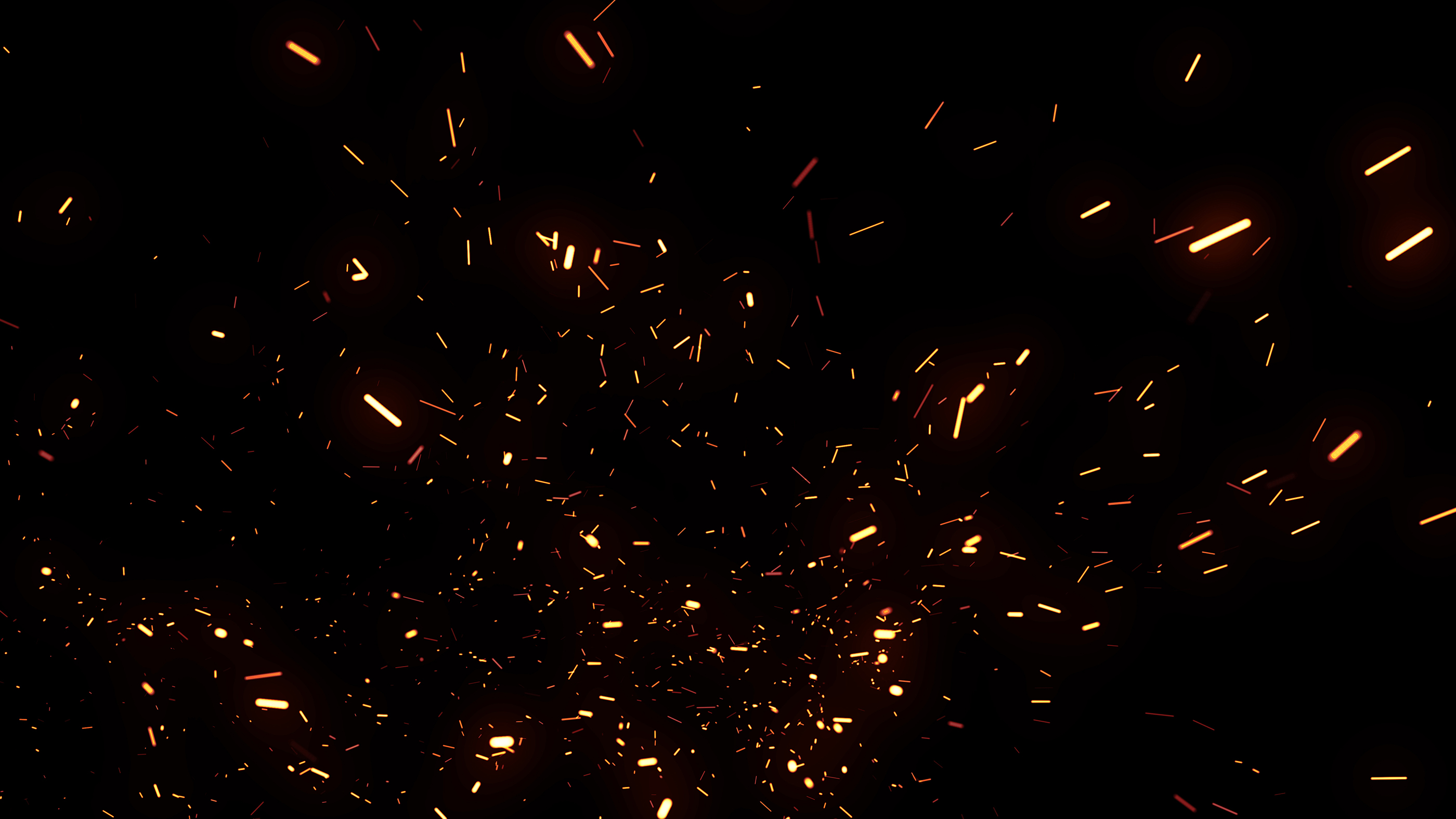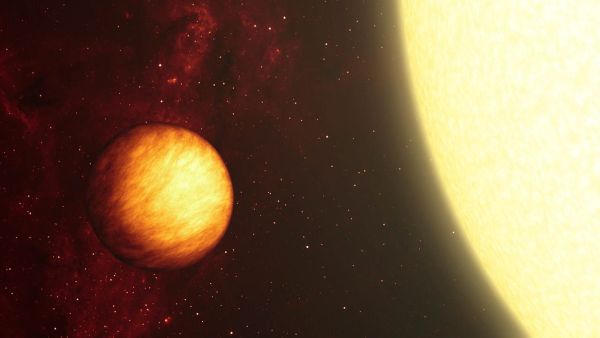
Robert Lea
Robert Lea is a science journalist in the U.K. who specializes in science, space, physics, astronomy, astrophysics, cosmology, quantum mechanics and technology. Rob's articles have been published in Physics World, New Scientist, Astronomy Magazine, All About Space and ZME Science. He also writes about science communication for Elsevier and the European Journal of Physics. Rob holds a bachelor of science degree in physics and astronomy from the U.K.’s Open University
Latest articles by Robert Lea
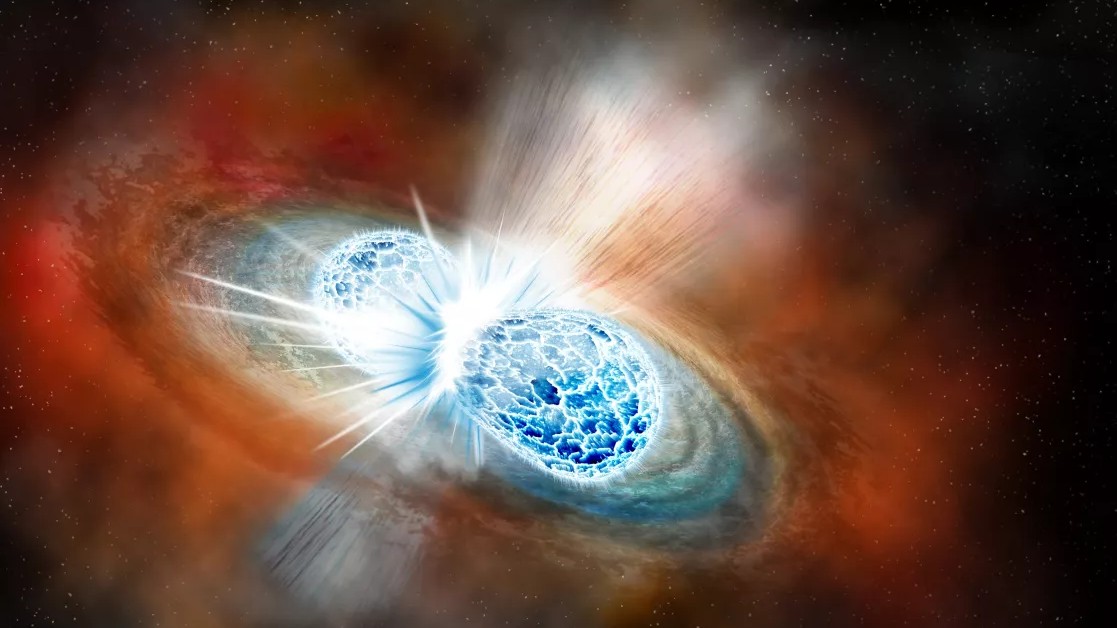
Strange radio bursts that outshine entire galaxies may come from colliding neutron stars, new study suggests
By Robert Lea published
Powerful bursts of radiation called fast radio bursts could be launched when neutron stars collide and merge, gravitational wave detections indicate.
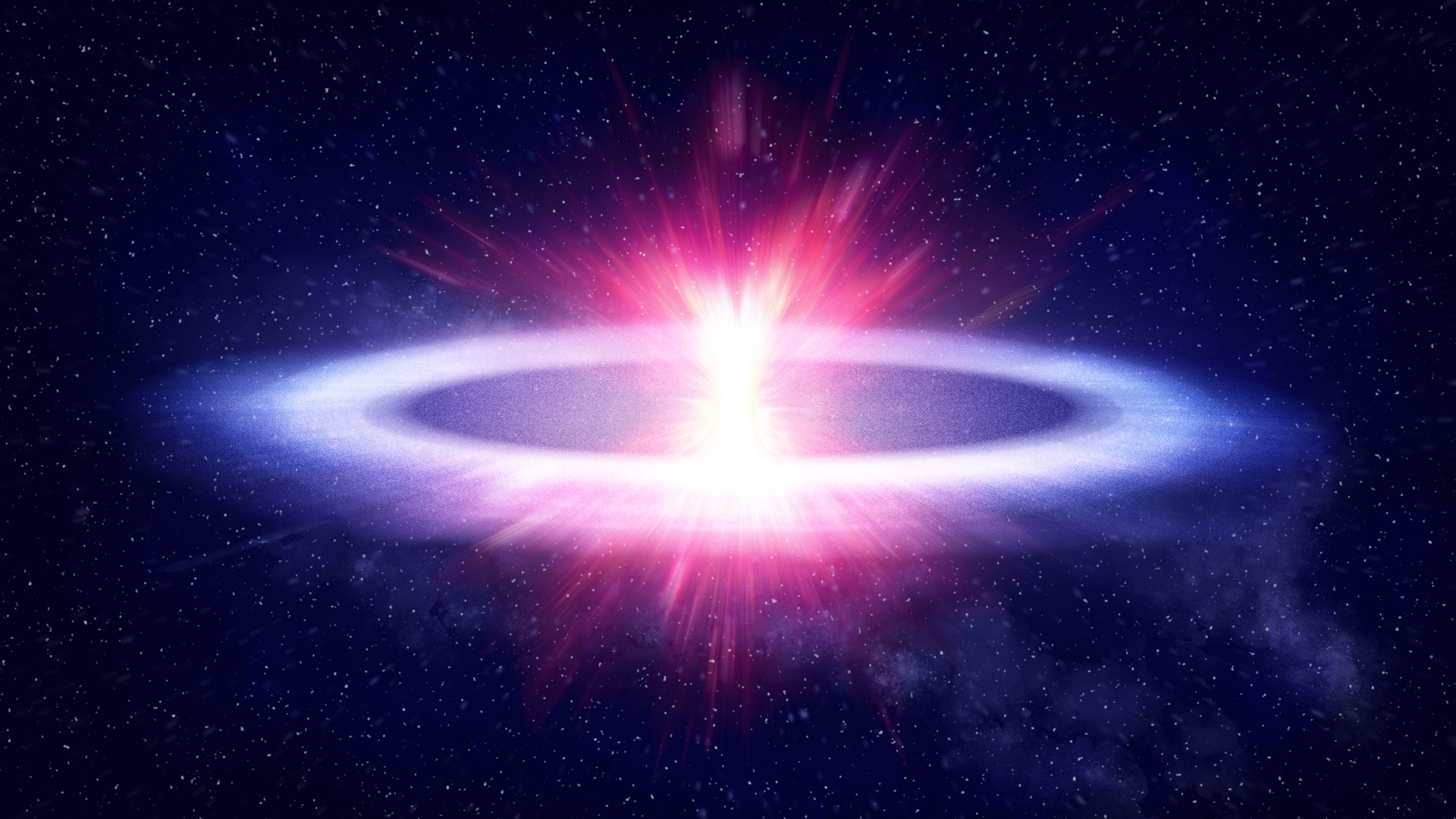
Extremely flat explosion dubbed 'the Cow' defies explanation
By Robert Lea published
A bizarre object called "the Cow" is the flattest explosion ever detected, and the first example of a rare phenomenon called a fast blue optical transient (FBOT).
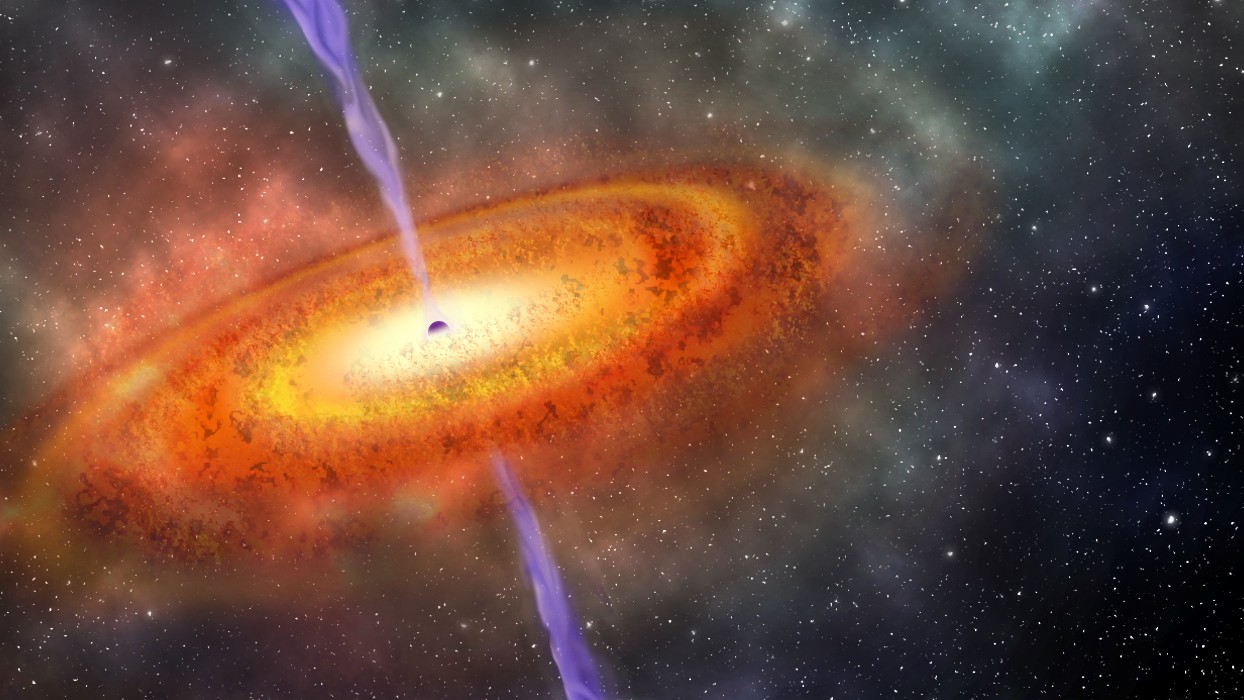
Stephen Hawking's famous black hole paradox may finally have a solution
By Robert Lea published
The 'Hawking radiation' emitted by black holes may be able to carry information after all, a new solution to Stephen Hawking's famous paradox suggests.
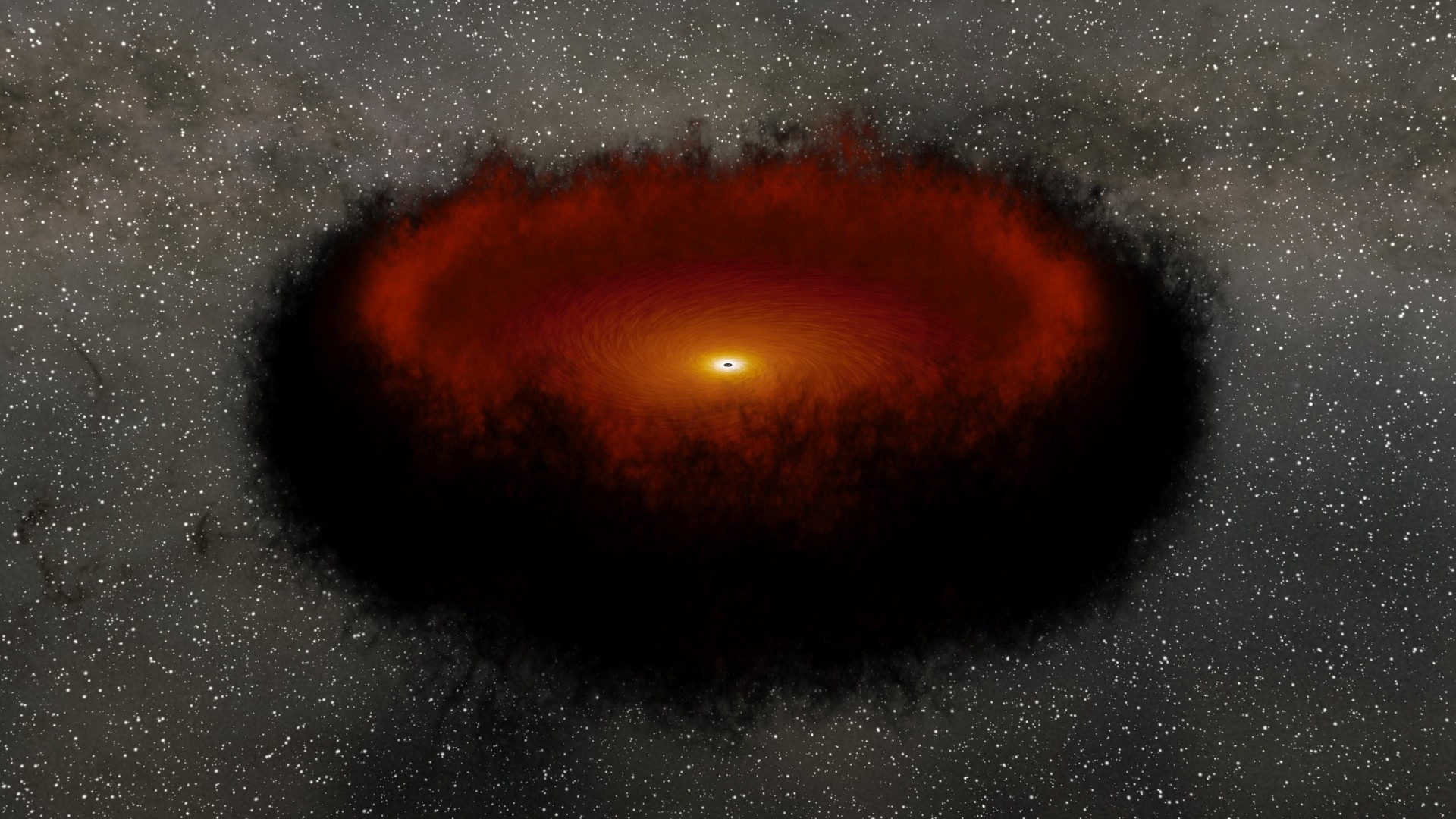
Black holes may be swallowing invisible matter that slows the movement of stars
By Robert Lea published
Scientists watched as two stars slowed in their orbits around black holes, concluding it was the result of "drag" generated by dark matter.
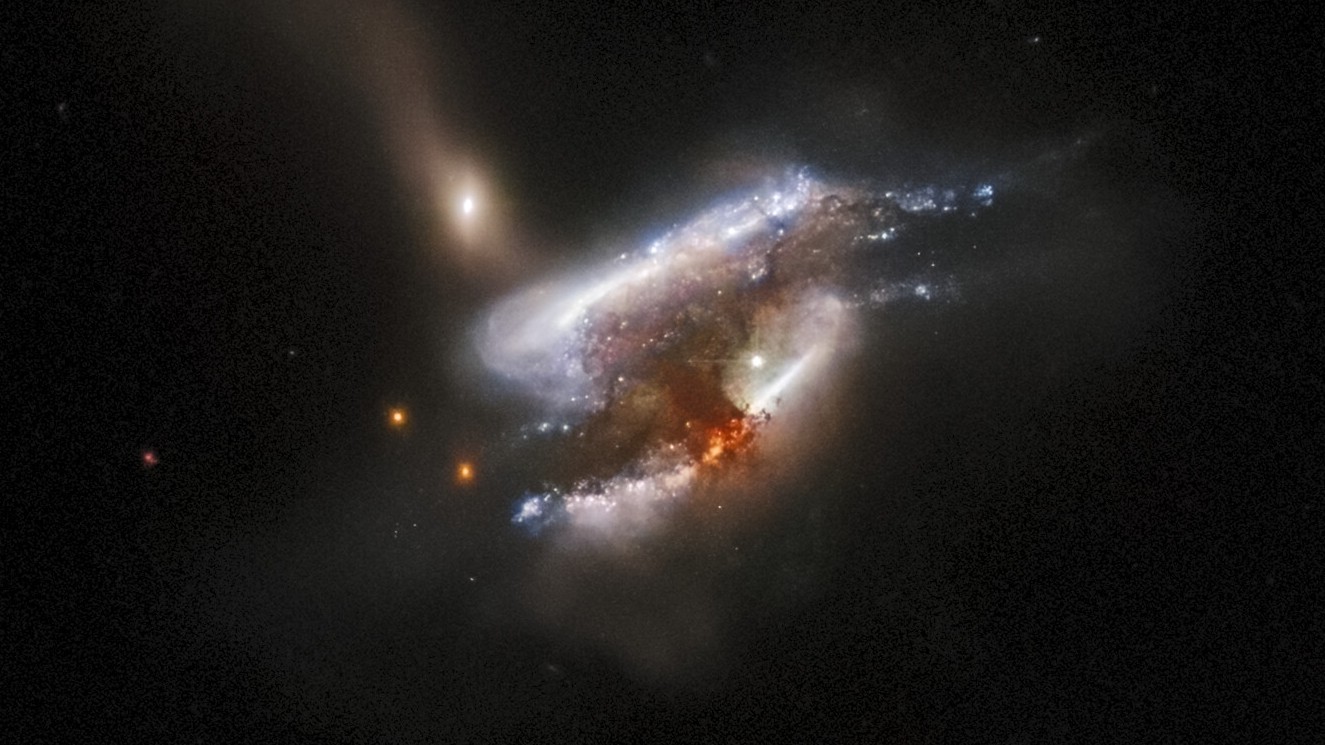
Rare galaxy with three black holes leads astronomers to the most massive objects in the universe
By Robert Lea published
Scientists watched as a three-quasar system merged in a supercomputer simulation of the universe to birth a black hole 300 billion times as massive as the sun.
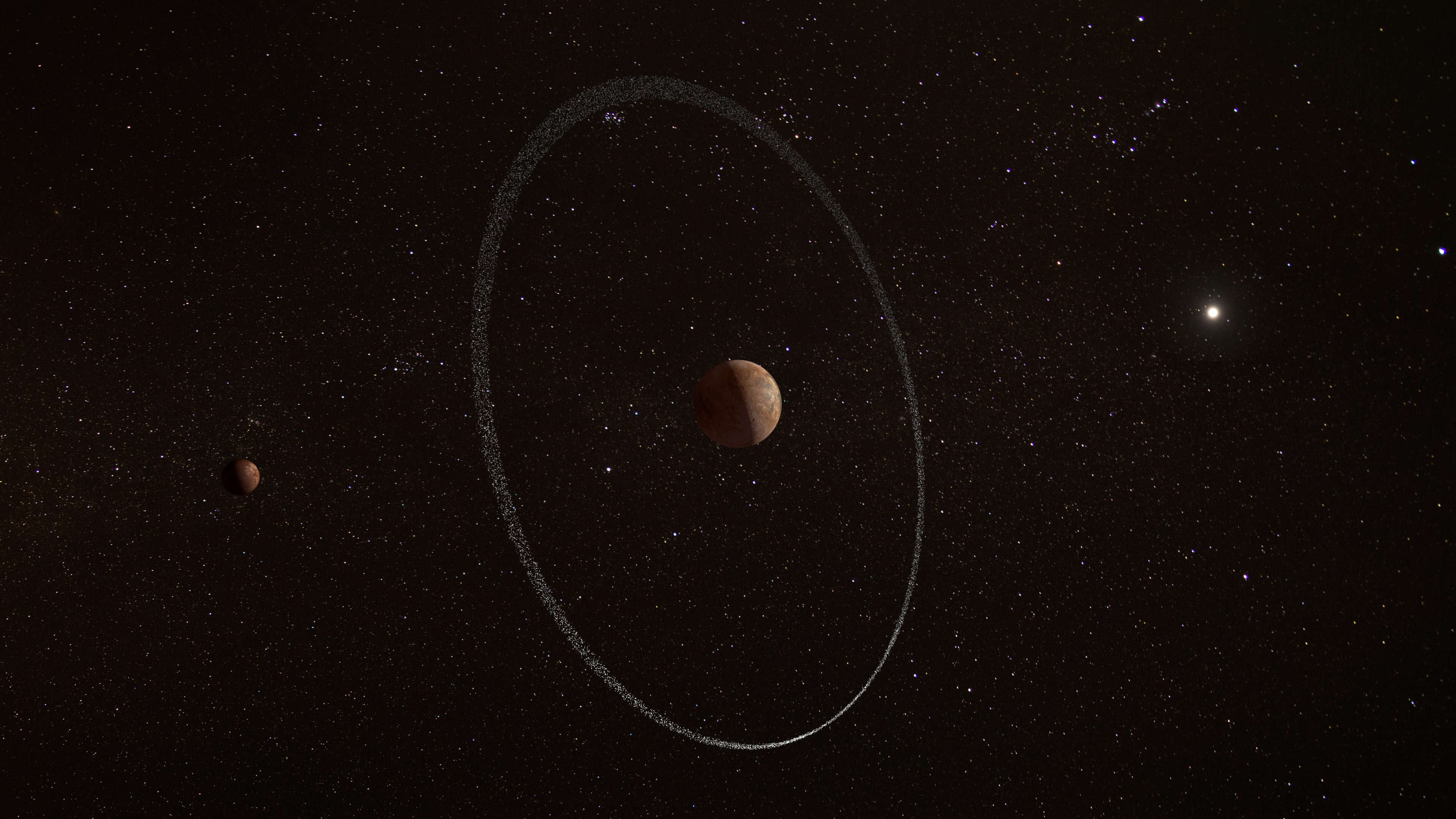
'Impossible' new ring system discovered at the edge of the solar system, and scientists are baffled
By Robert Lea published
A ring looping around the icy dwarf planet Quaoar is located much farther from its parent body than scientists thought was possible.

'Mind-boggling' alloy is Earth's toughest material, even at extreme temperatures
By Robert Lea published
A metallic alloy of chromium, cobalt, and nickel is over 100 times tougher than graphene and gets even more resistant to damage at extremely low temperatures.
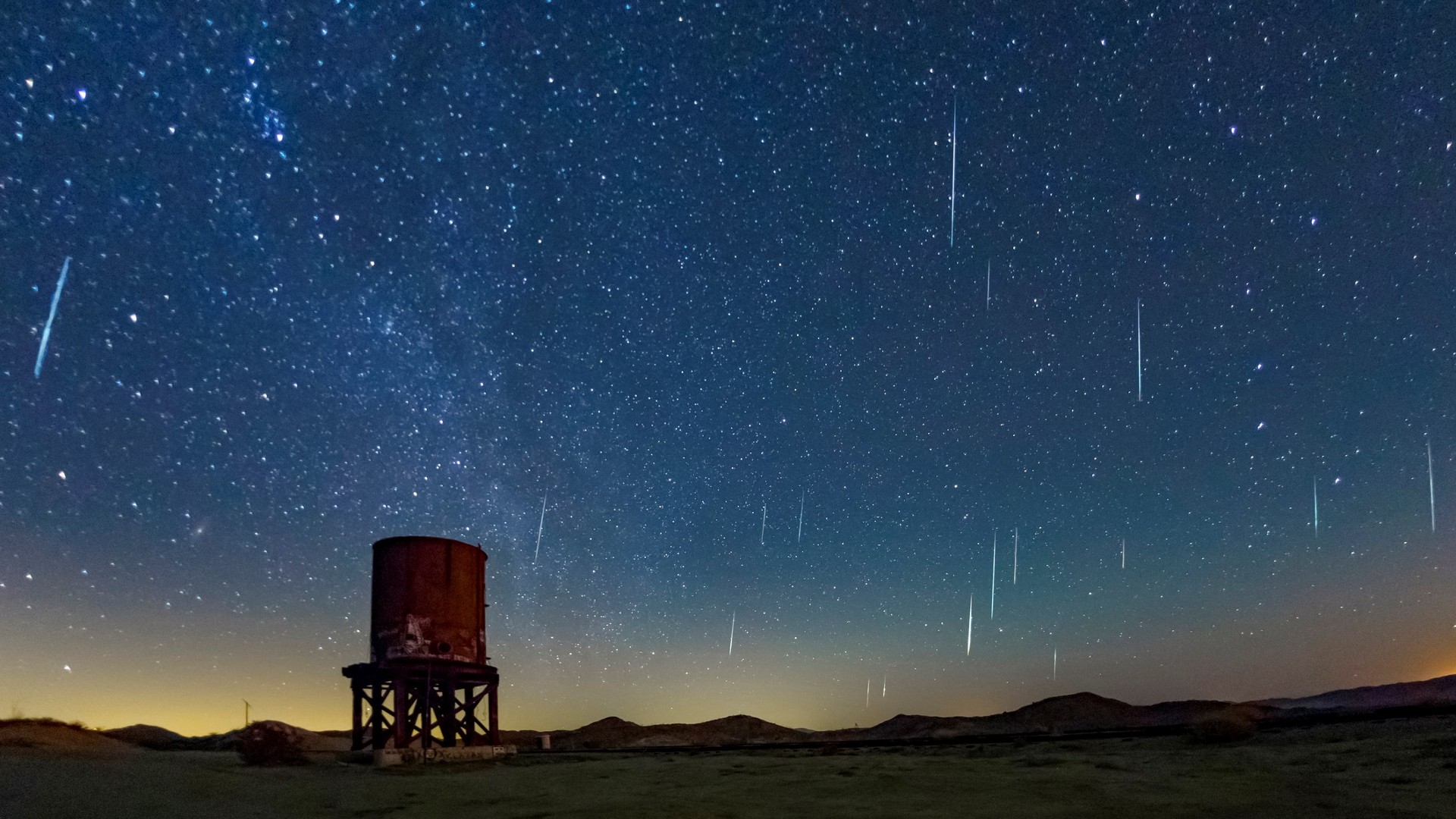
How to see the stunning Geminid meteor shower light up the sky on Dec. 14
By Robert Lea published
As many as 120 meteors could tumble through the sky each hour during the Geminids' peak on Dec. 14.
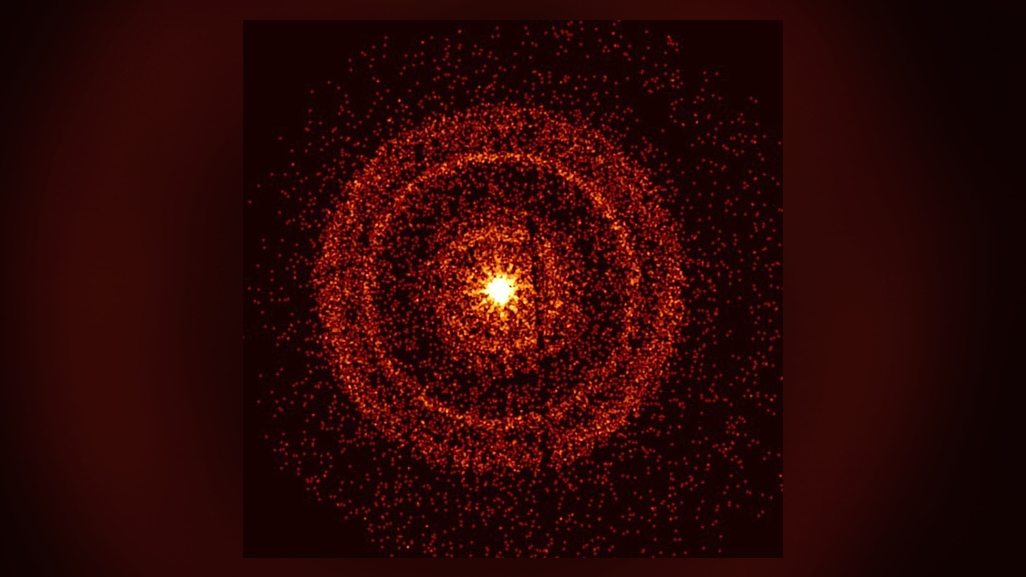
Gamma-ray burst may represent the most powerful cosmic explosion ever recorded
By Robert Lea published
Astronomers stunned by 'brightest of all time' gamma-ray burst reckon it could be the most powerful space explosion since the Big Bang
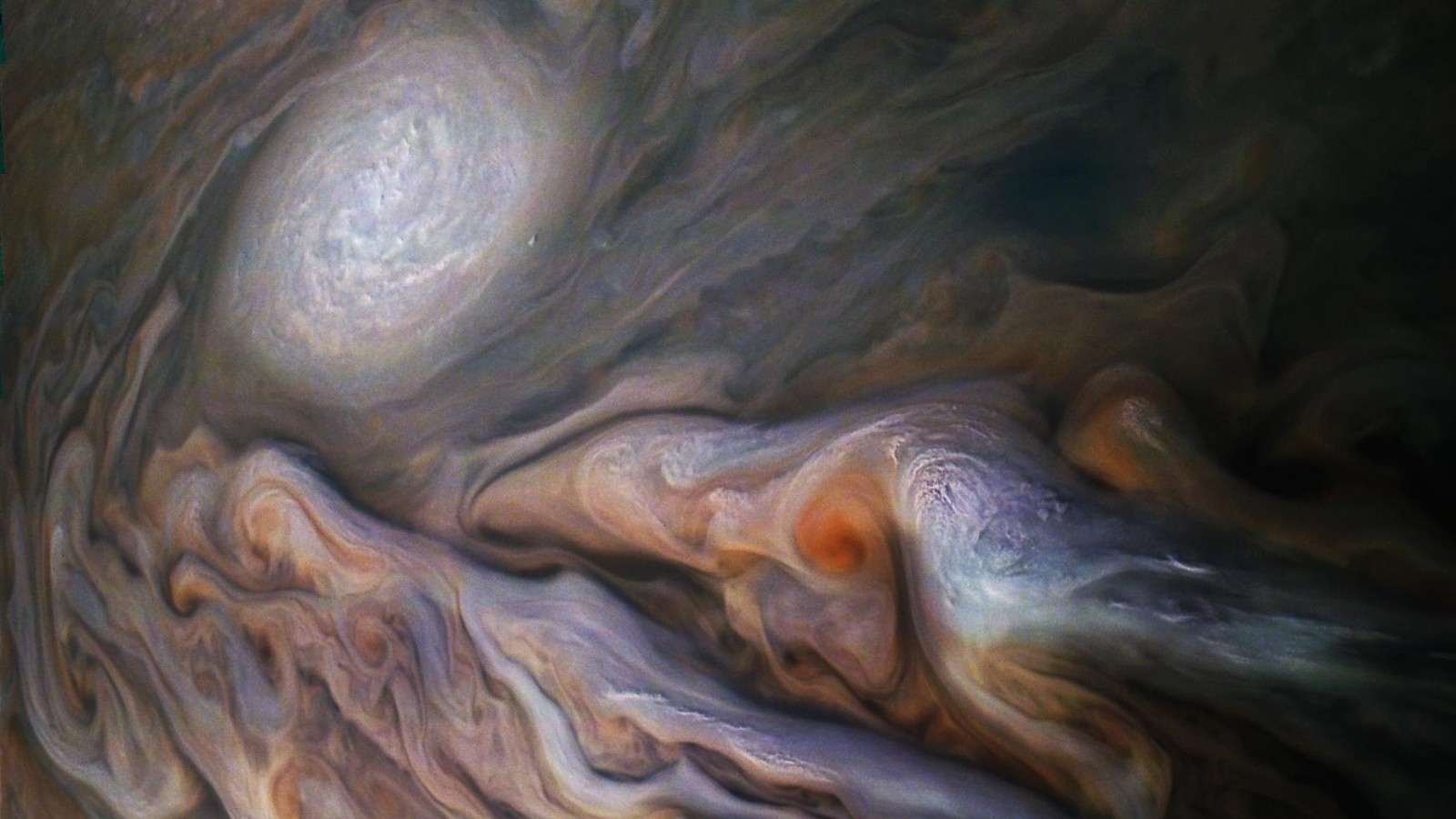
Jupiter will be at its closest to Earth today (Sept. 26) in 59 years
By Robert Lea published
Skywatchers will get a rare opportunity to see Jupiter in its full glory when its opposition happens at the same time as its closest approach to Earth.

Scientists blasted plastic with lasers and turned it into tiny diamonds and a new type of water
By Robert Lea published
Shock-compressing PET plastics can create tiny nanodiamonds with a range of technological applications.
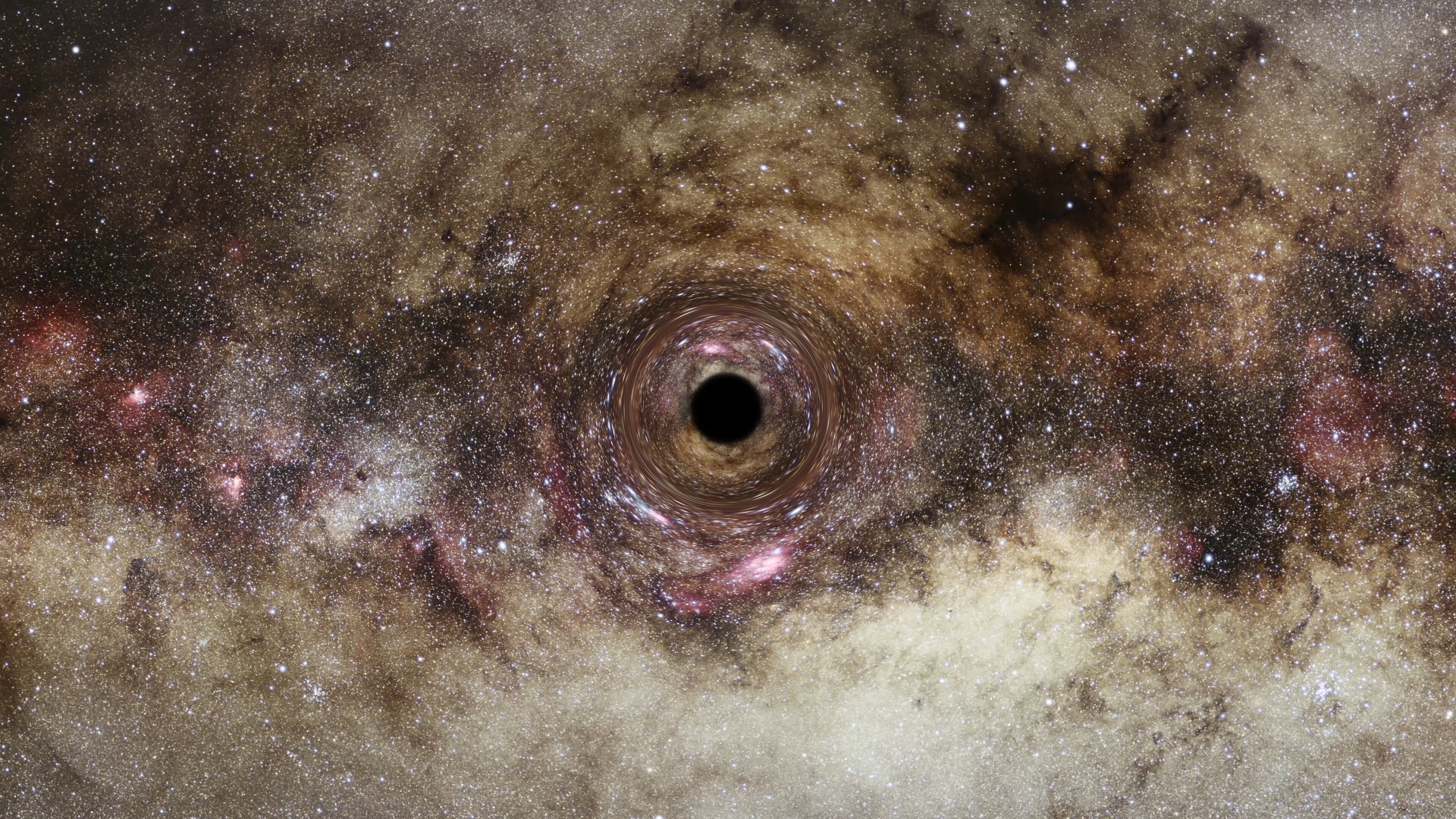
Rogue black hole wandering Milky Way alone proves Einstein right again
By Robert Lea published
Astronomers have directly measured the mass and velocity of an isolated black hole for the first time using gravitational lensing.

Physicists discover never-before seen particle sitting on a tabletop
By Robert Lea published
This newly-discovered particle could account for dark matter.
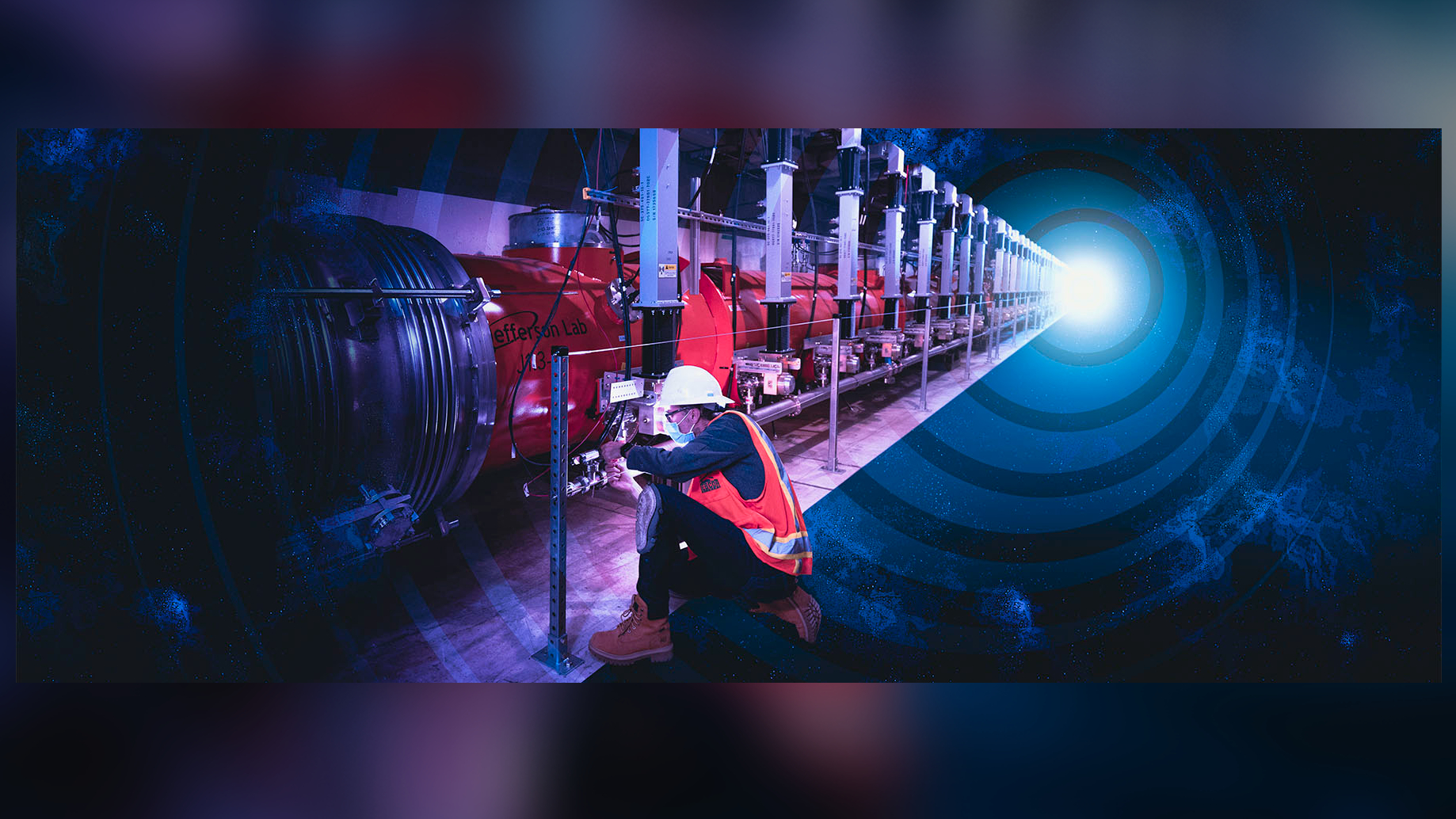
Temperatures colder than space achieved here on Earth using superconducting X-ray laser
By Robert Lea published
Using a superconducting X-ray laser, researchers at SLAC achieved a temperature 4 degrees Fahrenheit above absolute zero.
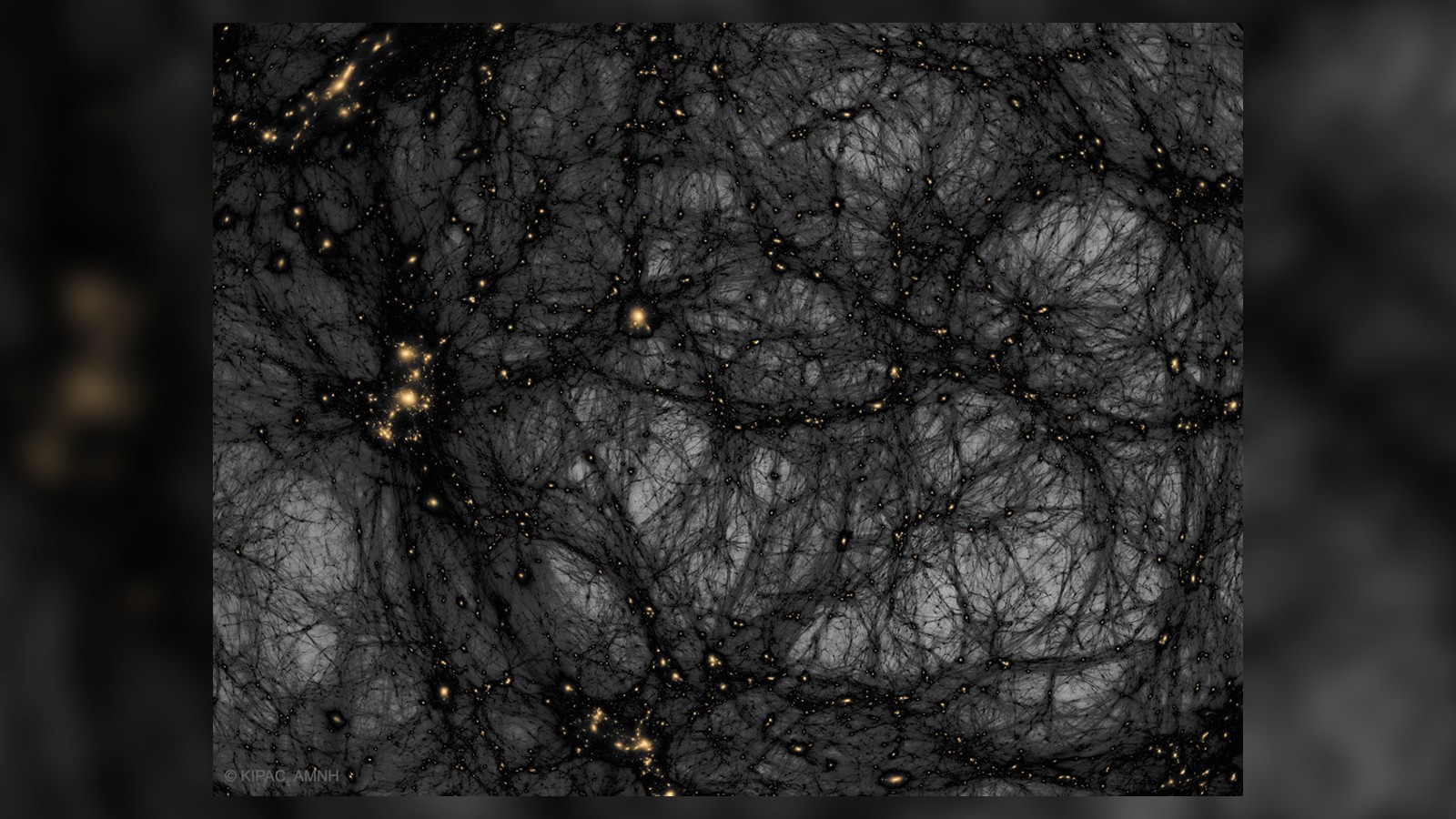
Dark matter could be a cosmic relic from extra dimensions
By Robert Lea published
Massive gravitons may have formed a trillionth of a second after the Big Bang, in abundances great enough to account for dark matter.
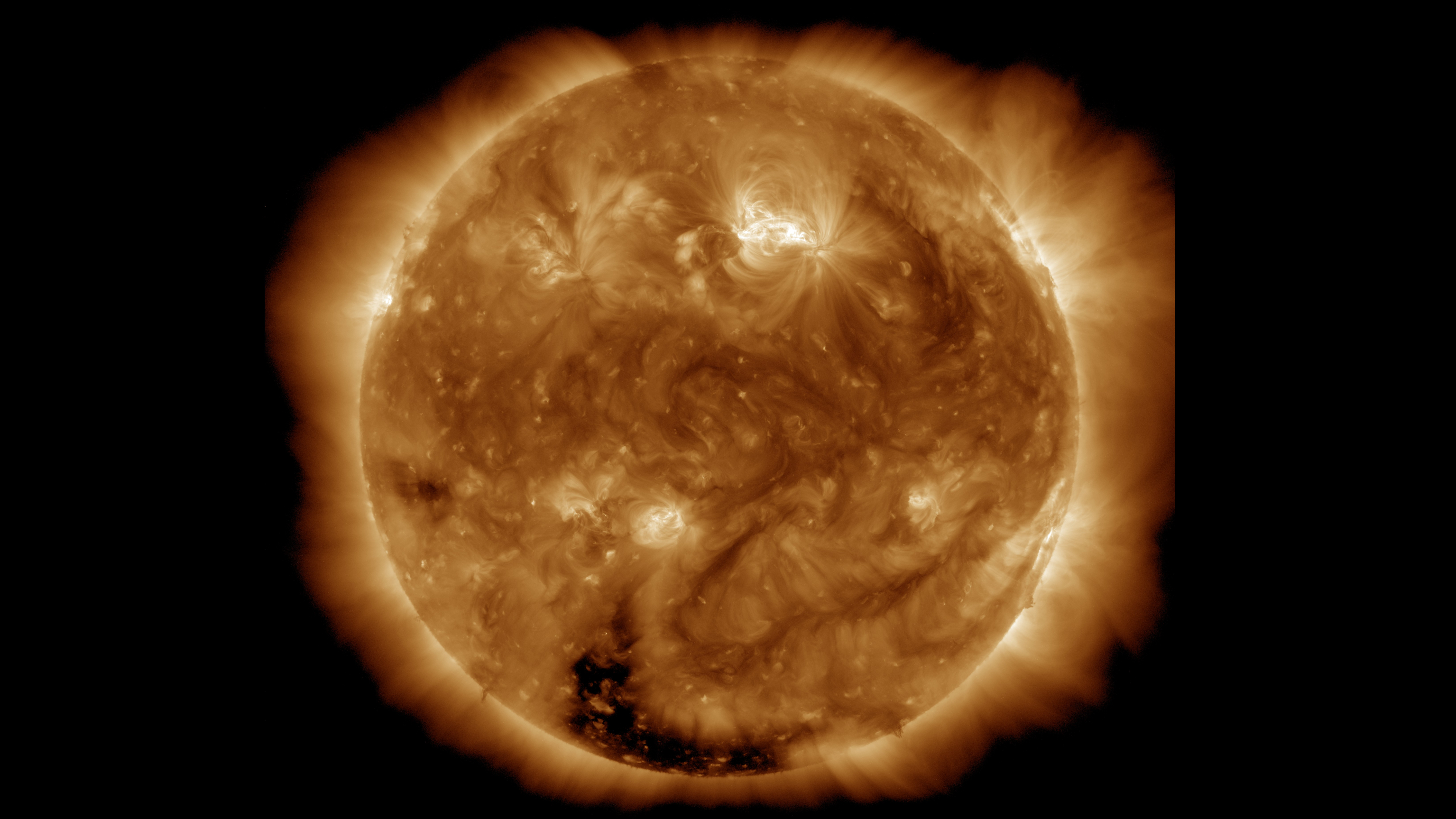
The sun: Facts about the bright star at the center of the solar system
By Robert Lea published
Reference The sun is the solar system's central star and enables all life on Earth to exist and flourish.

Exoplanets: Alien worlds beyond our solar system
By Robert Lea published
Reference As long as humanity has been gazing at the stars we have dreamed about life on other worlds, now known as exoplanets.
Sign up for the Live Science daily newsletter now
Get the world’s most fascinating discoveries delivered straight to your inbox.
